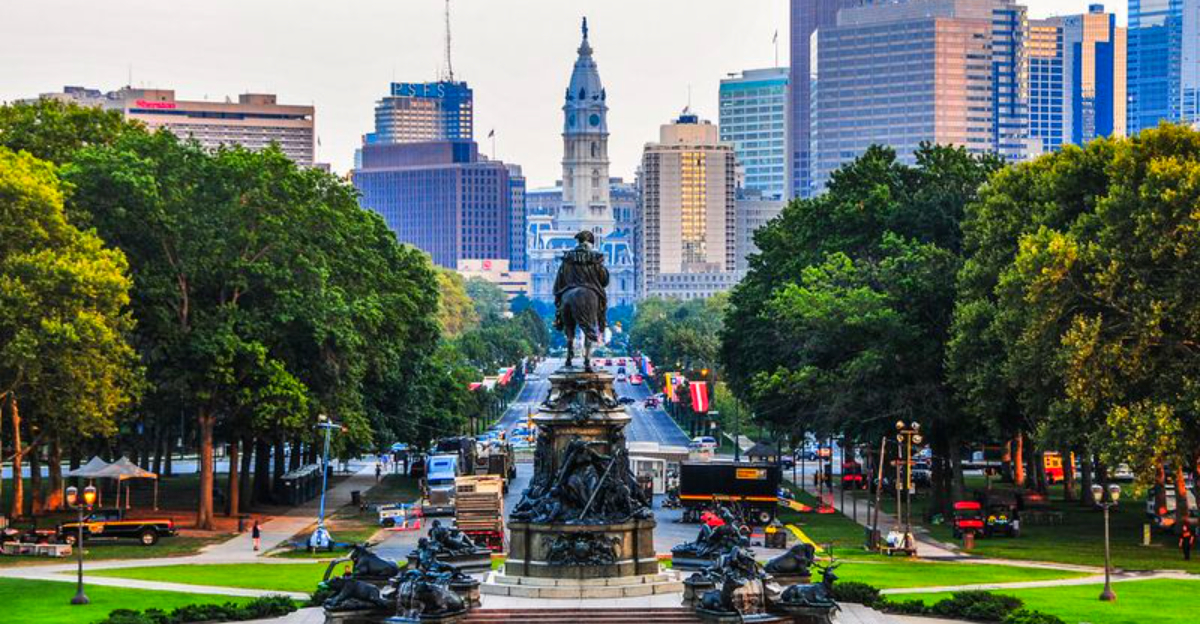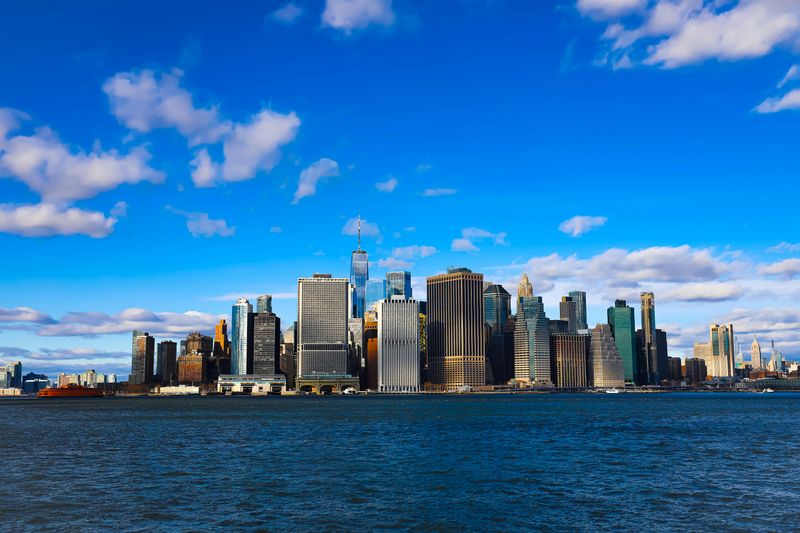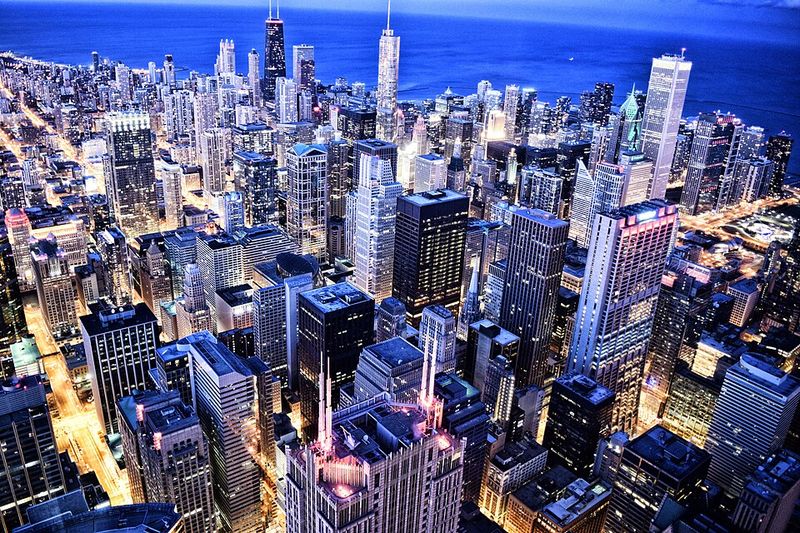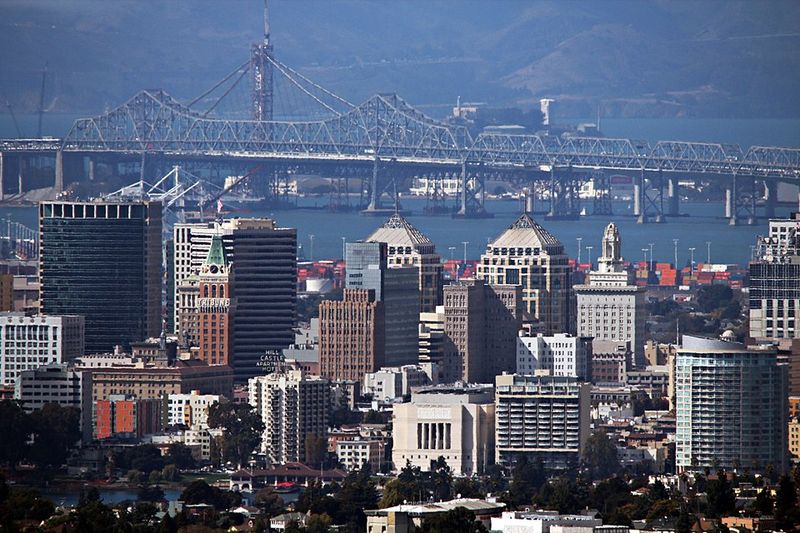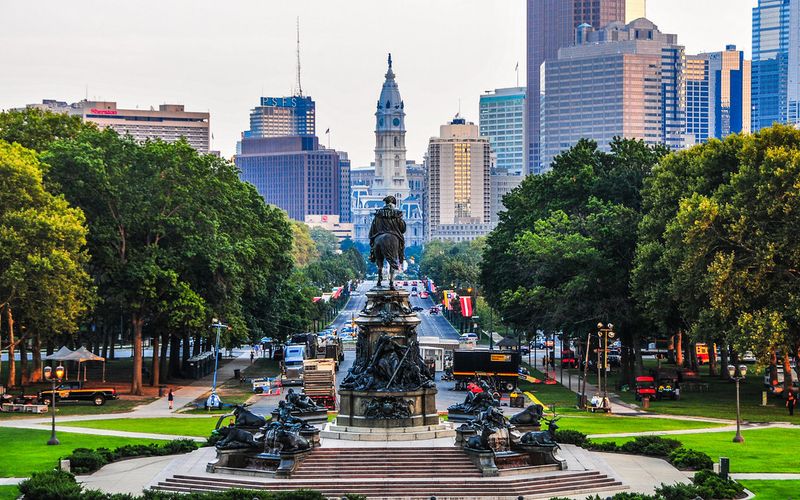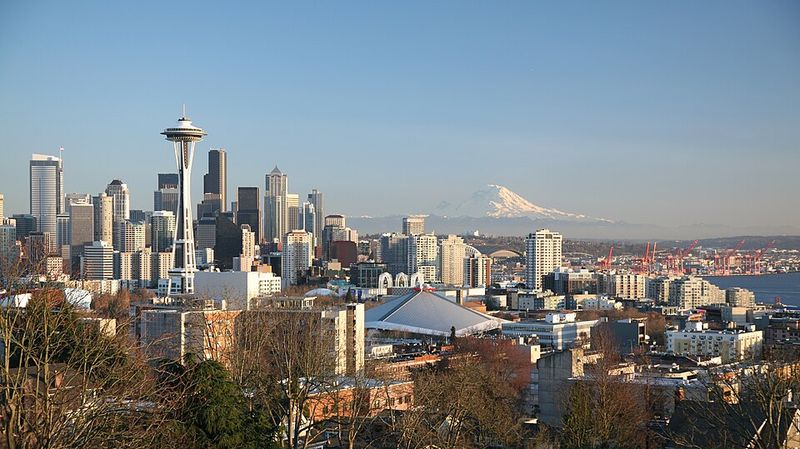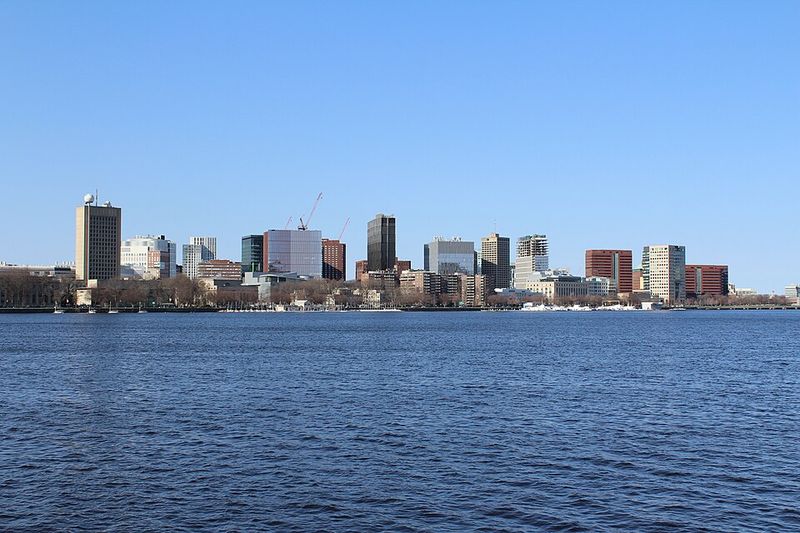Tired of circling for parking or sitting in bumper-to-bumper traffic? Some American cities let you ditch the car keys and explore entirely on foot. Walkable neighborhoods mean you can stroll from breakfast to museums, parks to dinner, without ever thinking about gas prices. Whether you love historic streets or modern waterfronts, these pedestrian-friendly destinations make travel easier, cheaper, and a lot more fun.
1. San Francisco, California — Walk Score 89
Compact neighborhoods like North Beach, Chinatown, and the Mission stack cafés, parks, and sights close together, so you can wander from dim sum to sourdough without breaking a sweat. Chinatown itself scores a perfect 100, meaning nearly everything you need sits within a short stroll.
Hills can slow you down, but that’s where Muni buses and historic cable cars come in handy. When your legs need a break, hop on transit and let it carry you to the next neighborhood.
Sidewalk culture thrives here. Street vendors, murals, and pocket parks reward curious walkers at every turn.
2. New York City, New York — Walk Score 88
From Lower Manhattan’s cobblestone lanes to Central Park’s winding paths, daily errands and big-ticket attractions link up easily on foot. You can grab a bagel in Tribeca, walk to the 9/11 Memorial, then head uptown for a museum—all without ever thinking about a car.
The subway fills in the gaps when distances stretch too far. With stations every few blocks, you’re never stuck waiting long.
Street energy keeps you moving. Food carts, pop-up markets, and surprise performances turn every sidewalk into a mini-adventure that makes walking feel less like exercise and more like exploration.
3. Boston, Massachusetts — Walk Score 83
Nicknamed America’s Walking City, Boston’s dense, historic core rewards strolling between museums, markets, and the harbor. Neighborhoods like the North End, Beacon Hill, and Back Bay pack centuries of history into blocks you can cover in minutes.
Brick sidewalks and narrow streets follow paths laid out before cars existed, so everything feels naturally walkable. The Freedom Trail even paints a red line on the ground to guide you through revolutionary landmarks.
Waterfront breezes and hidden courtyards surprise you around every corner. It’s a city that invites slow exploration, where getting lost often leads to the best discoveries.
4. Chicago, Illinois — Walk Score 77
Lakefront trails, the Loop, Riverwalk, and neighborhood high streets like Wicker Park make car-free days simple. You can start your morning jogging along Lake Michigan, grab lunch in Millennium Park, then wander through galleries in the West Loop without ever needing wheels.
The ‘L’ train is your quick hop when feet get tired. Elevated tracks crisscross the city, connecting walkable pockets into one giant pedestrian playground.
Architecture fans love the sidewalk views here. Skyscrapers and historic facades line streets designed for people-watching, making every walk feel like a free outdoor museum tour.
5. Washington, D.C. — Walk Score 77
The National Mall, Smithsonian museums, and lively corridors such as Dupont Circle and U Street are stitched together by sidewalks and Metro, keeping most trips car-optional. You can tour monuments in the morning, grab lunch in a historic neighborhood, then catch a show at night without ever sitting in traffic.
Wide sidewalks and tree-lined avenues make long walks feel comfortable. The city was designed with grand vistas in mind, so every route offers something impressive to look at.
Metro stations pop up every few blocks. When you need a break, just hop underground and ride to your next destination.
6. Miami, Florida — Walk Score 77
Downtown Brickell, Little Havana, and Wynwood-Edgewater cluster food, arts, and bayside promenades into walkable zones that feel worlds apart. You can start your day with Cuban coffee on Calle Ocho, stroll through street art in Wynwood, then watch the sunset along Biscayne Bay—all on foot.
Metromover glides above the streets for free, extending your walking radius without costing a dime. It loops through downtown and Brickell, connecting neighborhoods in minutes.
Tropical weather keeps sidewalks lively year-round. Palm trees shade your path, and outdoor cafés spill onto sidewalks, making every walk feel like a mini-vacation.
7. Oakland, California — Walk Score 75
Downtown, Uptown, and Temescal concentrate indie shops and restaurants into neighborhoods where parking is harder to find than a good taco. Lake Merritt’s three-mile path ties everything together, offering relaxed urban loops with water views and bird-watching spots.
Art galleries and coffee roasters pop up in converted warehouses, giving the streets a creative, lived-in vibe. You’ll find murals, pop-ups, and farmers markets that reward wandering.
BART trains connect Oakland to San Francisco and beyond. When you want to explore farther, just walk to the nearest station and let the train do the work.
8. Philadelphia, Pennsylvania — Walk Score 75
Center City is a grid of easily walkable blocks from Rittenhouse Square to Old City, where errands and sightseeing rarely need anything more than sneakers. You can tour Independence Hall in the morning, grab a cheesesteak for lunch, then browse boutiques in Rittenhouse—all within a comfortable afternoon stroll.
Flat terrain and numbered streets make navigation foolproof. Even first-time visitors can find their way without GPS.
Historic charm meets modern convenience here. Cobblestone alleys share space with sleek cafés, and every corner offers a mix of old and new that keeps walks interesting from start to finish.
9. Seattle, Washington — Walk Score 74
Pike Place Market, the waterfront, Belltown, and Capitol Hill string together a very walkable tourist core where fish-tossing vendors and coffee roasters sit minutes apart. You can watch the sunset over Puget Sound, then climb Capitol Hill for live music—all without ever thinking about parking.
Link light rail and streetcars help with the hills. When legs get tired, hop on transit and ride to the next neighborhood.
Rain keeps things green, but covered sidewalks and awnings keep you dry. Locals walk year-round, and so can you with a good jacket and comfortable shoes.
10. Long Beach, California — Walk Score 73
A beachside downtown, the A Line terminus connecting to Los Angeles Metro, and flat terrain make this Southern California outlier great for car-lite visits. You can stroll the waterfront in the morning, explore the Queen Mary, then grab dinner downtown—all without ever sitting in traffic.
Bike lanes and beach paths stretch for miles, giving you even more car-free options. Rent a bike or just walk; either way, you’ll cover ground easily.
Sunshine and ocean breezes make every walk feel like a vacation. Palm-lined streets and outdoor patios turn simple errands into pleasant escapes from daily routine.
11. Jersey City, New Jersey — Walk Score 87
Historic Downtown and the waterfront are dense, walkable, and one PATH stop from Manhattan, making this spot handy for travelers who want New York City access without the driving headaches. You can grab breakfast with Manhattan skyline views, walk to Liberty State Park, then hop the PATH for a Broadway show—all car-free.
Restaurants and shops cluster around Grove Street and Newport, so daily needs stay within easy reach. Everything feels compact and convenient.
Waterfront promenades offer stunning sunset views. Walking here means you get the best of both worlds: small-town ease and big-city excitement just minutes away.
12. Hoboken, New Jersey — Walk Score 97
A true car-free gem, mile-square Hoboken packs restaurants, riverfront parks, and PATH trains plus ferries into an ultra-walkable layout that’s perfect for visitors. You can cross the entire city in twenty minutes, hitting bakeries, boutiques, and waterfront parks without ever needing wheels.
Manhattan sits just across the river, visible from almost every corner. PATH trains and NY Waterway ferries make city trips effortless.
Small-town charm meets urban energy here. Tree-lined streets, historic brownstones, and a lively restaurant scene create a pedestrian paradise that feels like a neighborhood, not a tourist trap.
13. Cambridge, Massachusetts — Walk Score 90
Harvard and MIT anchor a web of pedestrian-friendly squares like Harvard, Central, Inman, and Porter, with the Red Line linking them quickly when you don’t want to walk. You can tour Harvard Yard in the morning, grab lunch in Central Square, then browse bookstores in Porter—all within an easy afternoon.
Student energy keeps sidewalks busy year-round. Cafés, record shops, and late-night diners cater to walkers at all hours.
Brick sidewalks and bike lanes make getting around safe and pleasant. Even in winter, locals walk everywhere, proving that good infrastructure beats bad weather every time.
14. Portland, Oregon — Walk Score 67
Not top-ten overall, but excellent for on-foot exploring in the central city where the Pearl District, Downtown, and Nob Hill pack coffee shops, food carts, and indie boutiques into compact blocks. You can spend an entire day wandering without ever feeling like you’ve missed something important.
Streetcars and MAX light rail expand your strolls when you want to venture farther. Transit is clean, frequent, and easy to use.
Quirky murals and micro-parks surprise you at every turn. Portland rewards slow exploration, where the journey often beats the destination and getting sidetracked leads to the best finds.
15. Santa Monica, California — Walk Score 83
Beach path meets a gridded downtown and Third Street Promenade, creating a pedestrian-friendly zone where ocean breezes and street performers keep you entertained. You can walk from the pier to shops to restaurants without ever losing sight of the Pacific.
The Metro E Line ties Santa Monica to Los Angeles without touching a steering wheel. When you want to explore beyond the beach, just hop on the train.
Sunshine and palm trees make every walk feel like a postcard. Flat terrain and wide sidewalks mean even long strolls stay comfortable, turning simple errands into mini-adventures along the coast.
